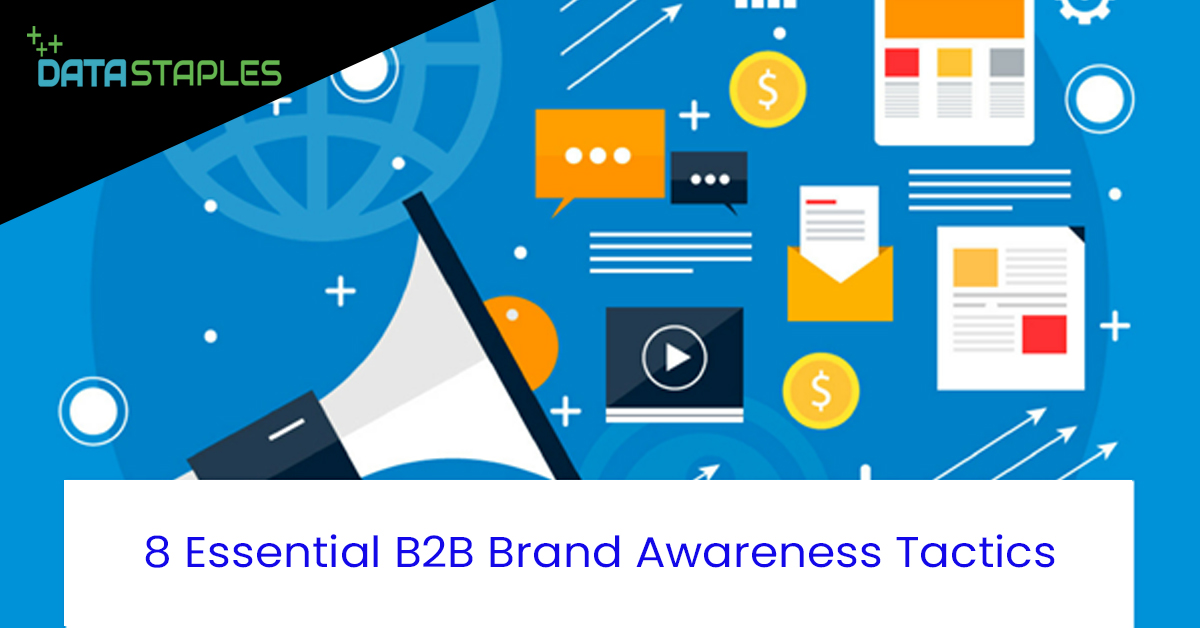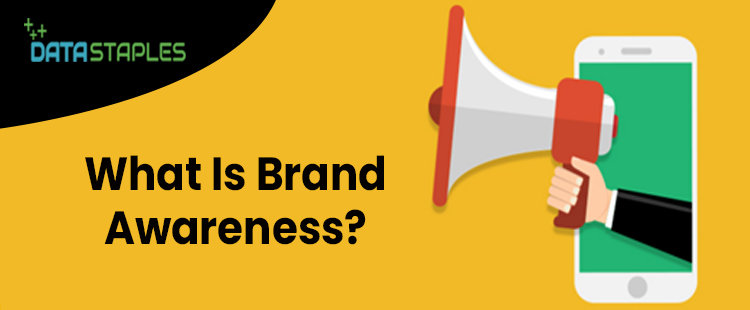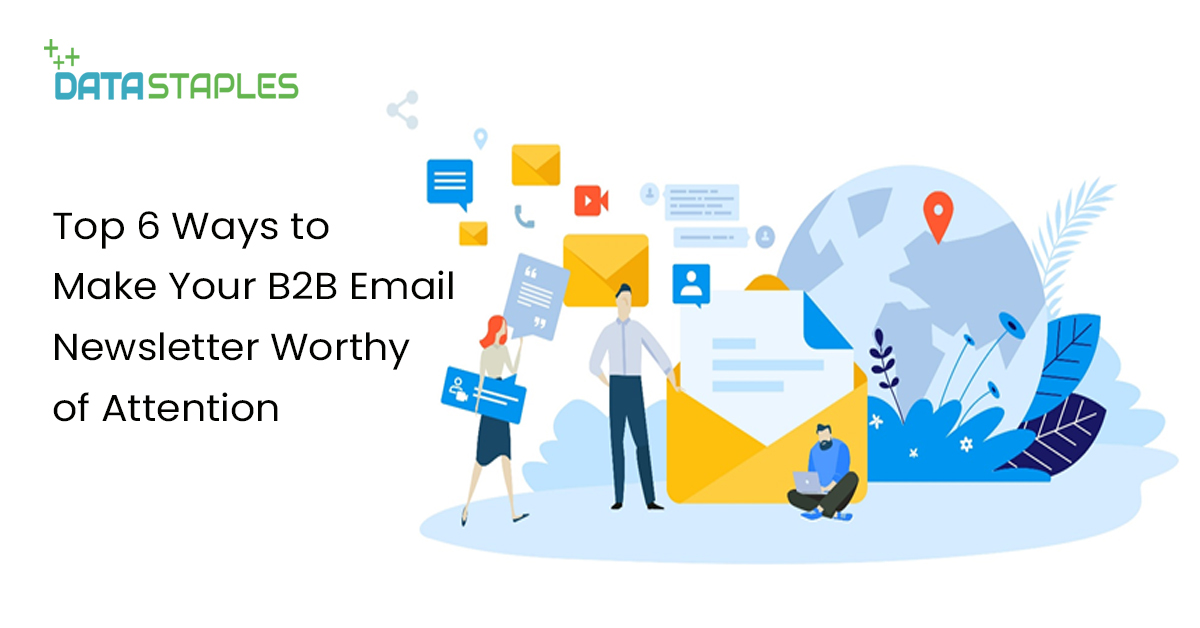
8 Essential B2B Brand Awareness Tactics
As brand managers and marketers, you’re well aware that raising brand awareness in B2B organisations is difficult. You could even say it’s one of the most crucial yet difficult aspects of your job. Maybe your content isn’t as popular as it should be. Or it’s not being shown to the correct people. Perhaps you’re having problems ensuring that your brand is properly interpreted. Regardless of the reason, this blog will assist you in raising brand awareness.
What Is Brand Awareness?
The level of recognition and familiarity your target audience has with your brand is referred to as brand awareness. Brands with a high level of brand recognition are labeled as “trending,” “buzzworthy,” or simply “popular.” Having a strong brand is essential when it comes to marketing and promoting your company and products, particularly in the early stages of a business.

It may appear that brand awareness is a vague concept. If you’re a marketer or business owner who prefers to track performance using neat and tidy metrics, brand awareness will definitely raise your feathers.
Significance Of Brand Awareness
Brand trust is crucial in a world where consumers rely on thorough research and the views of others before making a purchase. Once a customer has established a bond with your brand, they are more inclined to make repeat purchases with little to no thought – bridging the trust and loyalty gap.
Brand awareness is the foundation for brand trust. Consumers are more likely to believe you if you put a face to your brand name. Brand awareness campaigns provide your company a face and a place to be genuine, collect feedback, and tell a story. All of these are examples of how we, as humans, develop trust in one another. The human-brand relationship is no exception.
Here are some ways to establish a solid brand awareness foundation and make a lasting impact with your audience:
1. Build A Professional, Content Rich B2B Website
Building a high-quality website requires careful planning. To begin, write a unique selling proposition near the top of the page to ensure that consumers understand the items or services your company provides right away.

Then, make sure your site is simple to navigate, mobile-friendly, and contains relevant content to assist your audience in finding solutions to their problems. A clear call to action and forms for prospects to contact you is the final crucial elements for lead conversion.
2. Leverage Retargeting Strategies for Website Visitors

A strong retargeting plan is a terrific method to attract visitors to come back and learn more after they’ve seen your website. Your product or service will profit from increased visibility and you will offer your brand more exposure if you continue to show advertising to these people who have left your website for the following 60 days or more.
3. Create Blogs That Are Both Relevant And Instructive
When you have content that shares skills and experiences that are relevant to your target audience, a blog is a terrific way to aid people along their journey. It also serves as a way to entice visitors to return. Identify your key words and include the ones with the greatest performance score to enhance organic search views and get more mileage out of your blogs. Inviting customers and prospects to subscribe to email blog updates is another way to market them.
4. Get Active On Social Media

You’ll have to do some legwork, but you can raise B2B brand awareness by utilising channels that your target demographic uses. Then, at a frequency that you can keep, create a goal to post something useful to your customers and prospects. You can write on industry trends, current events, how to tackle specific problems, myths & misconceptions, and pros & disadvantages, to name a few topics. Some prospects will eventually begin to follow and interact with you.
5. Make Use Of Significant Trading Magazines
Trade magazines provide targeted, authoritative content provided by industry experts. Your prospects will go here to learn about new products, reviews, rivals, and industry trends. There are numerous methods to use significant trade periodicals to get out to your target demographic. You can advertise, collaborate with partners to develop thought leadership content, or provide guest articles.
6. Use Email Marketing To Keep In Touch With Your Contacts

If you keep your customer and prospect databases up to date, you should keep nurturing your relationships using email marketing. Analyze data from previous email campaigns to plan and send relevant content at the proper time during the buyer’s journey. You can create trust, keep customers engaged, make prospects more likely to convert, and ultimately raise the customer lifetime value by creating content that addresses their interests.
7. Call Your Prospects

Cold calling allows you to market your company and fosters commercial relationships more effectively than reaching out via the internet. Simply having a conversation can help you figure out if you’re a good match. If your salespeople or inside sales don’t have the time or resources, a professional B2B telemarketing service can generally assist in qualifying possible possibilities while also increasing brand recognition.
8. Attend Important Industry Events
Face-to-face communication is as crucial as ever in business-to-business marketing. Potential purchasers want to know that they can trust your business, and meeting your reps in person is the first step in that process. It’s crucial to pick the right event to attract your target audience. When a company is frequently present at important events, it is more likely to engage with consumers and prospects and establish relationships. Securing a speaking engagement at a significant industry event is another efficient strategy to boost your exposure. Even if you aren’t making a sales pitch, providing thought leadership can gain you respect and attention from your audience.
Final Thoughts
People who would like to buy from you need to know who you are and what you have to offer. Brand recognition can help your company stand out. To stand out from the crowd, you’ll need to clarify what makes your offer truly distinctive to your target demographic. Because your target audience plays many roles in their companies, you’ll need to tailor your message to each of these stakeholders, each of whom has slightly different opinions.





